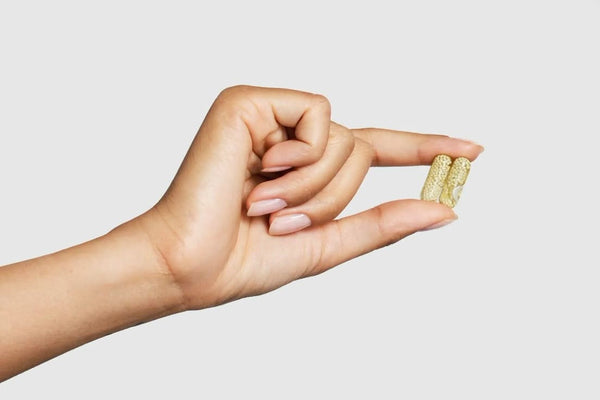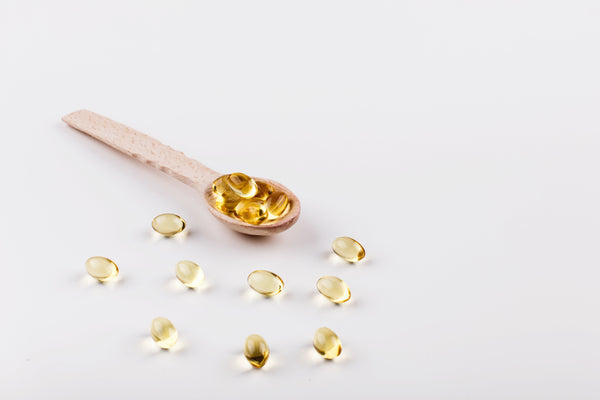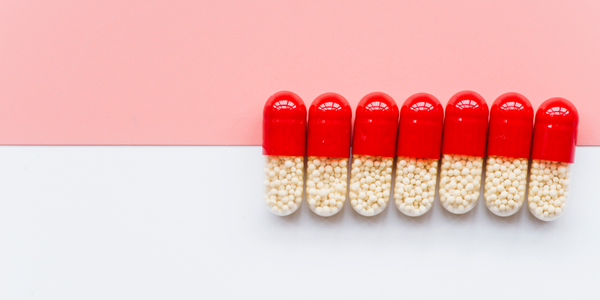There are many benefits to including fibre in your diet, but how much do you really know about it? This guide will tell you everything you need to know about dietary fibre, its importance, sources, and more.
In today’s world, many people struggle with their weight, and dietary fibre may be the solution to your struggles. Dietary fibre can help you feel fuller for a longer period of time, which in turn can help you eat less and lose weight.
According to a study published in Mayo Clinic, including an appropriate amount of dietary fibre in your diet can help decrease your risk of cancer, type 2 diabetes, cardiovascular disease, and obesity. As the average person consumes only half the amount of fibre they should be getting each day, it’s essential to incorporate more fibre into your diet.
Are there other ways to get more fibre into your diet? Do supplements help? This article will provide some answers to these questions and more. Here are a few quick tips on adding more fibre to your diet.
The Importance of Including Fibre in your Diet
Dietary fibre is an essential part of your daily meal that helps maintain a healthy gut, ease digestive issues, control excessive sugar cravings and maintain normal blood sugar levels.
Fibre can come from various sources, including fresh fruits, vegetables, whole grains, seeds and nuts. Ready to eat and packed meals have taken over to ease our daily hassle of cooking food. Although the taste might be appealing, the foods are ripped off the fibre content & other nutrients, making it difficult for us to meet our fibre content. According to the information provided by the Mayo Clinic, an average adult only gets about 15 grams per day, but research has shown that we need anywhere between 25-30 grams per day for optimal health.
Benefits of dietary fibre are not only restricted to digestive health alone but other aspects of health as well. Let’s look at why fibre is so important and how you can easily add more to your daily diet today!
Types of dietary fibre
Dietary fibre is found in all plants, including vegetables, fruits, whole grains, and legumes. The two types of dietary fibre are soluble and insoluble.
#1. Soluble Fibre
Soluble fibre dissolves quickly into the water; it’s usually considered a gel-like substance and helps lower cholesterol levels.
Good sources of soluble fibre include:
Soluble fibre is found mainly in oats, barley, flaxseed, beans, and apples.
#2. Insoluble Fibre
Insoluble fibre is an indigestible carbohydrate. It does not dissolve into the water; it retains its original shape no matter how much water you add.Soluble fibre acts as a sponge for cholesterol, soaking it up and preventing it from being absorbed by your body. Insoluble fibre also helps us move waste through our system, preventing constipation and gastrointestinal distress.
Good sources of insoluble fibre include:
It is available in various food sources, including fruits, nuts, vegetables, and whole-grain foods.
The benefits of consuming fibre
Here are some of the benefits of consuming fibre:
#1. Lowers Cholesterol & Protects against heart disease: A diet rich in soluble fibre may help lower LDL or bad cholesterol levels by binding with cholesterol particles in your digestive system and moving them out of the body before they’re absorbed. This in turn reduces one’s risk of heart disease.
#2. Better gut health: Gut bacteria requires a specific type of plant fibres called prebiotics that provides nourishment for your gut bacteria so they don't turn to your gut lining for food. Prebiotics are commonly found in natural foods containing a complex carbohydrate like fibre, and aren’t broken down by the digestive system. Instead, they pass through the digestive tract and enter the large intestines, where they’re fermented and eaten up by healthy bacteria
#3.Regularises Bowel Movements: Dietary fibre is essential for optimum nutrient absorption from our food and aid in bowel movements. Fibre helps regulate bowel movements by retaining water in the colon to produce softer, bulkier stools. This action helps to promote better regularity.
#4. Weight management: Fibre plays a crucial role in weight management and contributes to satiety. This means it can help you feel fuller for longer, making it easier for you to stick with healthy eating habits and limit unnecessary snacking between meals.
#5. Minimise Blood Sugar: The complex carbohydrates from whole grains and other high-fibre foods minimise blood sugar spikes after meals and help you feel full for longer. A high-fibre meal slows down the digestion of food into the intestines, which may help to keep blood sugars from rising rapidly.
What Happens When You Don’t Get Enough Fibre?
Without fibre, you will face the constant urge to binge on snacks or sweets and also have irregular bowels, blood sugar spikes, gut issues like bloating,indigestion, etc. It also increases the risk of dyslipidemia. In the long run, lack of fibre can contribute to heart disease, diabetes, and even cancer. If you’re not getting enough dietary fibre, it’s important to talk to your doctor/nutritionist about possible supplements or changes to your diet that can help fulfil your requirements.
Can Fibre Supplements Help Me Reach My Fibre Intake Goal?
Adding fibre supplements to your diet helps fulfil your requirements if it is difficult for the diet alone to provide it.
Different kinds of fibre are available, such as psyllium, wheat dextrin, and prebiotic fibre, which are made from fruit and vegetable extracts. The fibre supplements, which are prebiotic & psyllium free, will be helpful to keep you regular without causing bloating or cramping. Whilst taking fibre supplement, it is crucial to drink plenty of water to reap maximum benefits..
Conclusion
While fibre supplements can help you lose weight and maintain good overall health, it’s also vital to ensure you consume fibre from natural sources like fruits, vegetables, whole grains, and legumes. It’s even better if your fibre supplement is sourced from fruits and vegetables. By adding these healthy foods to your diet, you’ll not only get dietary fibre but also get plenty of micronutrients.
References
Nutrition and healthy eating by Mayo Clinic Staff:
https://www.mayoclinic.org/healthy-lifestyle/nutrition-and-healthy-eating/in-depth/fiber/art-20043983
By Angela Lemond, Lynn Grieger, RDN, CDCES RDN All About Fibre: Why You Need It, the Top Sources, and What Happens if You Eat Too Much Medically
https://www.everydayhealth.com/diet-nutrition/diet/fiber-benefits-food-sources-supplements-side-effects/
Thomas M. Barber, Stefan Kabisch, Andreas F. H. Pfeiffer, and Martin O. Weickert
Study Published in the National Library of Medicine the Health Benefits of Dietary Fibre
https://bit.ly/3Na14Nl



























 DOWNLOAD NOW
DOWNLOAD NOW
